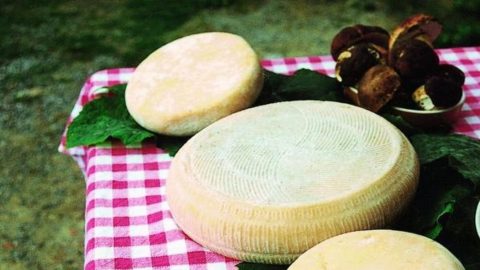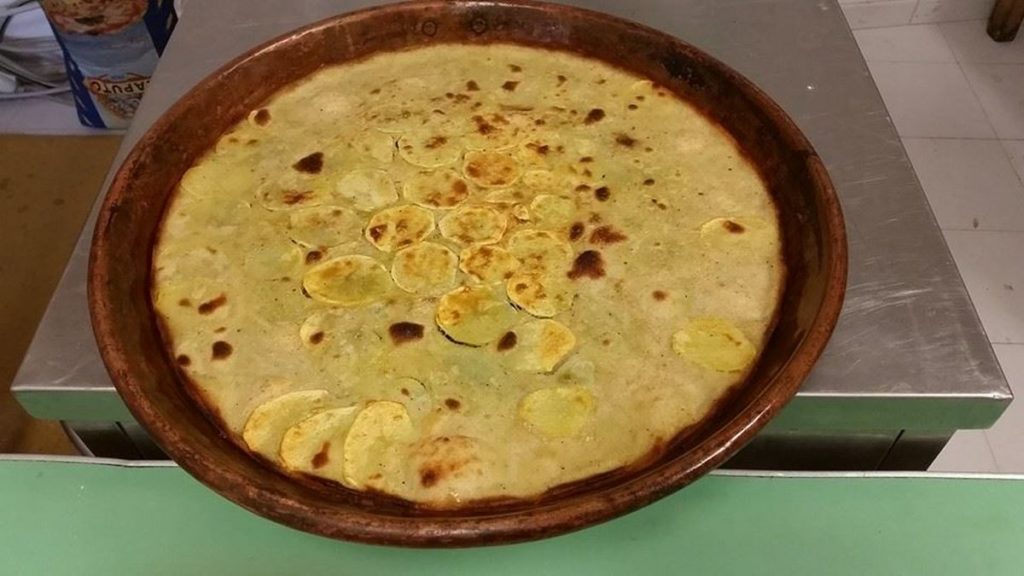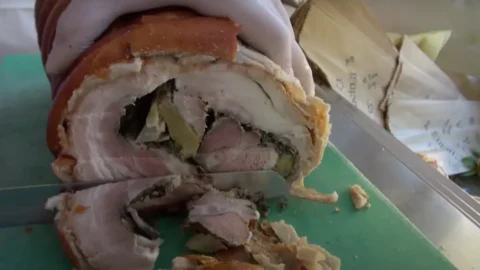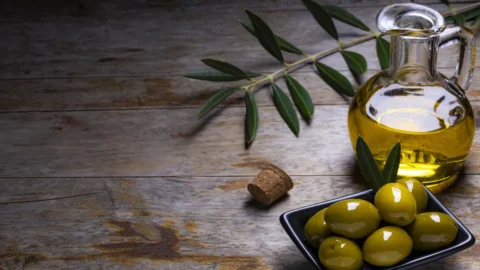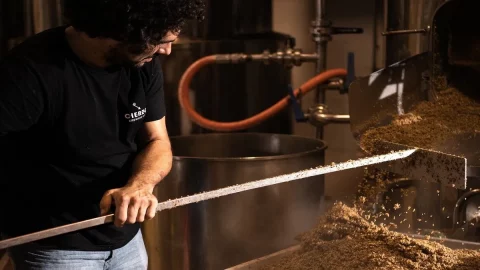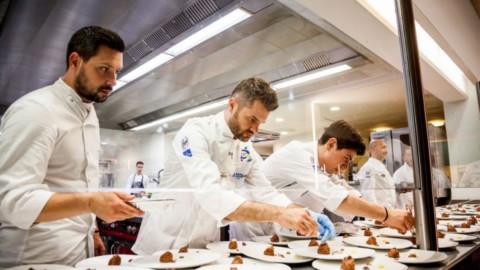Our country boasts of a great gastronomic culture, among the richest and most important in the world. Thanks to the territories, to the traditions but also to the different climates that give Italy an infinite number of products with a unique flavor. Over the years, however, there has been a strong loss of biodiversity: the need to optimize crops and costs are leading to a large reduction of these small productions, in favor of those with a higher yield.
This is the case of the Toma di Mendatica, a typical Ligurian PAT cheese of the upper Arroscia valley and the mountain valleys of the Imperia area: from the upper Roma valley to the upper Impero valley.
There are numerous initiatives born precisely to protect and enhance those products at risk of extinction. Among these are the well-deserving "guardian farmers” (of which – something not to be underestimated – a third under 40), who cultivate and raise those unique species in the world that would never have survived the new rules of large-scale distribution.
Of the approximately 500 biodiversity products surveyed, 90% are found on the sales counters of the Campagna Amica markets, while the remainder can only be purchased in company sales outlets or at specific events.
The "Seals" of Campagna Amica are told in an atlas, to understand the importance of the survival of these unique heritages in the world, thanks to academic contributions and the stories and recipes of the custodian farmers.
"Seals” 2019 are precisely rare products with precious characteristics that farmers have been able to preserve against the homologation of agriculture. Among these is the Toma di Mendatica, a sweet and soft cheese, with a more or less intense flavor depending on the seasoning.
Mendatica is a small town of about 180 inhabitants in the province of Imperia in Liguria. Located on the slopes of Mount Frontè, surrounded by greenery at an altitude of 782 metres, it dominates the Upper Arroscia valley, a typical mountain village, rich in tranquillity, nature but above all plenty of good water (Mendatica means "water outlet", famous for its its purity).
For over 20 years, home to the traditional “White Kitchen Festival”, a centuries-old gastronomic culture linked to pastoral life, in which the inhabitants offer all the oldest recipes handed down from generation to generation.
But why white? Almost all the ingredients used had a white hue or, in any case, a very delicate tone: such as flour, milk and derivatives, but also vegetables including leeks, garlic, cabbage, turnips and, of course, potatoes.
A cuisine made of simple things, but which the inhabitants have been able to transform into a tourist attraction of great value made up of music, markets and walks. However, Covid and preventive measures canceled the 2020 edition which should have always been held until August.
One of the main products of the evening is Toma di Mendatica. Both are used to produce it cow's milk and mixed sheep's milk, the percentage of which varies according to the season: in winter only cow's milk is used, while in summer it is mixed or mainly sheep's milk, especially that of the Brigasca breed.
The milk is brought to a temperature between 34 and 37°C and added with calf rennet, also known as rennet. It is a fundamental ingredient for making cheeses and other milk derivatives: a compound of enzymes, capable of determining the coagulation of the caseins contained in the milk.
At this point the "curd" is broken manually until it reaches the size of a grain of rice. The clot, always collected by hand from the cauldron, is left to drain into wooden molds or onto cloth towels before being pressed, where the cheese is turned upside down several times until it loses all the whey.
The next step is the dry salting, with coarse salt or in brine. After that the shapes are left mature for about 40 days. Once the necessary time has elapsed, the finished product comes in a cylindrical or rectangular shape, with a weight that varies from 800 grams up to 7 kg. The texture is semi-hard, with a smooth, thin and elastic crust, with a straw-yellow color tending towards reddish, otherwise brown if aged. The paste, on the other hand, is more compact and of a white or pale straw yellow colour.
Characterized by great gustatory and olfactory properties, a simple bite is enough to feel all the flavor of the high mountains. It is mainly used for the typical Ligurian potato cake, the “frandura”, a poor dish born in the eighteenth century, consumed by farmers while working in the fields. It is also excellent on its own, accompanied by a good glass of white wine, better if dry, or softer red, such as Rossese di Dolceacqua.
The production of this cheese is small-scale and risks disappearing due to the abandonment of the mountain areas by the few remaining producers. The few Toma di Mendatica producers, who are also breeders, are located in the Upper Arroscia Valley and some also in the Roja Valley and sell this extraordinary product directly. Protecting the food biodiversity of a country like Italy, where gastronomic culture is extremely important, it means protecting the identity and history of Made in Italy as we know it.
Fortunately, the Toma di Mendatica has entered the list of Slow Food presidia, which will certainly rekindle the spotlight and the gastronomic interest on this unsurpassed heritage of biodiversity.
For the record, the name toma is also common to many cheeses common in north-western Italy and in the neighboring areas of nearby France. Nothing certain is known about the origin of the name whose presumed etymology derives from the Provençal toumo, mold and would find a match in the appropriate molds in which the curd is placed.
Or, less accredited hypothesis, it would derive from a late Latin, takes, translated from the Greek tsmho, cut, presumably for the clot-breaking operation to facilitate the purging and division of the serum.
The recipe: Frandura with Toma di Mendatica
La Frandura is a very simple dish born in the XNUMXth century in Liguria when the cultivation and consumption of potatoes spread. It mainly constituted the peasants' meal while working in the fields.
Ingredients
600 g potatoes
200 g flour
2 eggs
40 g of grated cheese
1 glass of milk
Oil, salt and pepper to taste
Preparation
Cut the potatoes into thin slices, placing them in two or three layers in a pan greased with oil. Then proceed by mixing the eggs with the flour and milk until you obtain a rather liquid creamy mixture, which resembles a batter.
Pour the batter over the potatoes to cover everything, being careful to fill in the empty spaces. Grate a little cheese and bake for about 20 minutes at 250°C. Someone also combines the Parmesan with a handful of pecorino to give more flavor.
Serve the Frandura hot accompanied by a nice slice of Toma di Mendatica and, obviously, by a good glass of wine.

